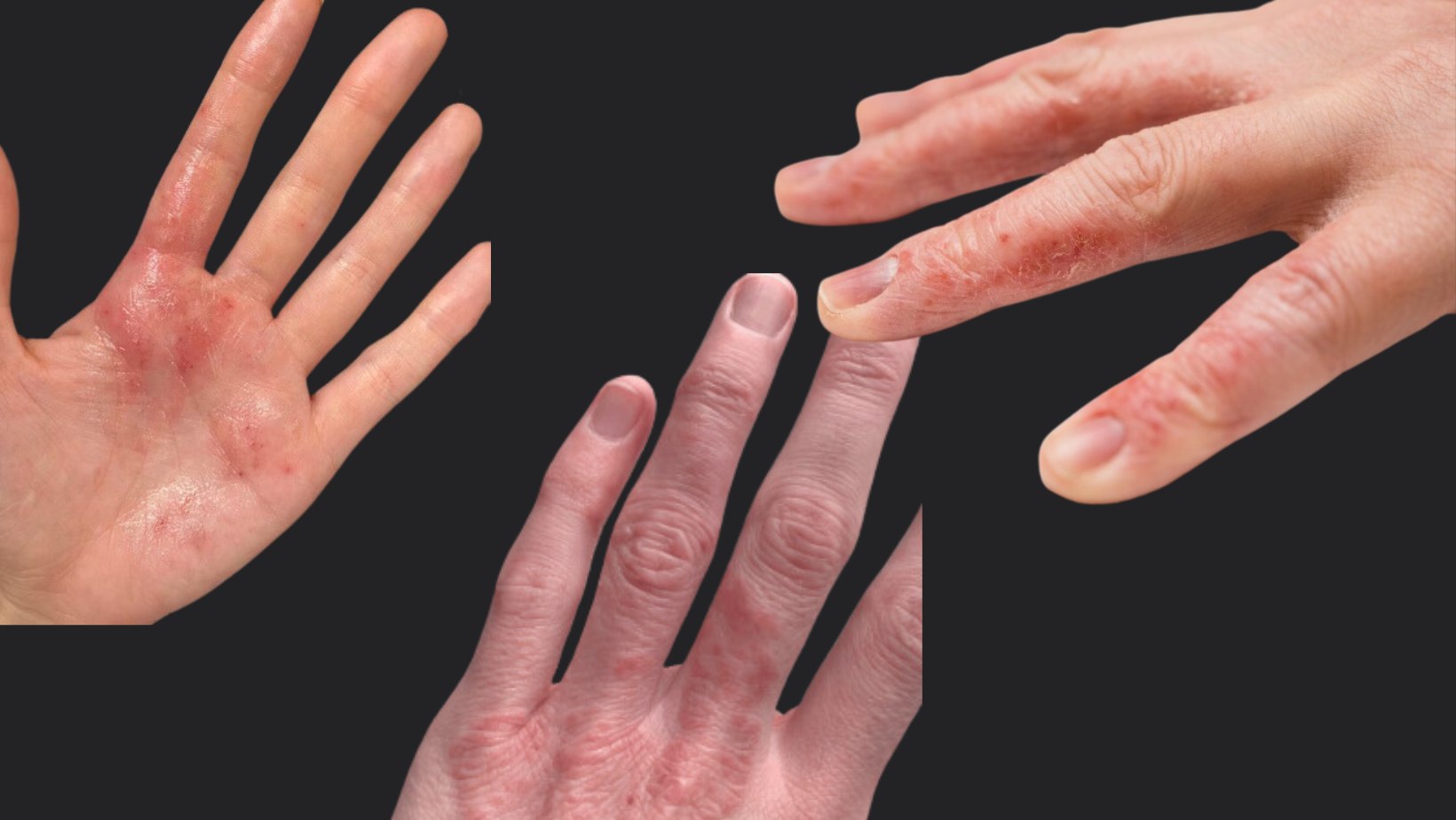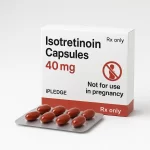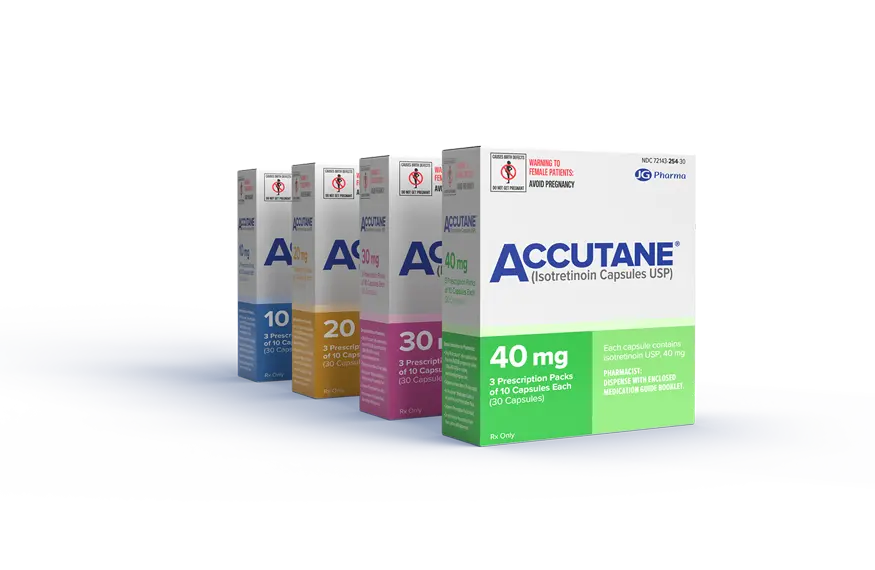Dyshidrotic eczema is a common, yet often misunderstood skin condition that manifests as small, itchy blisters on the hands and feet. Despite its prevalence, many who suffer from it may not seek medical advice, leading to underreporting of its incidence. It affects both men and women, with a notably higher occurrence in women—potentially linked to more frequent exposure to irritants found in household cleaning agents or prolonged wet work. It’s a chronic condition, meaning it can persist over a long period, and is known to be the most common type of occupational skin disease. But what exactly does it look like, and how can one identify it?
When dyshidrotic eczema flares up, it presents as tiny, fluid-filled blisters that can be intensely itchy. They are most commonly found along the sides of fingers, palms, and soles. These blisters might remind you of ‘little balls of tapioca’ tucked just beneath the skin. Despite their appearance, they are not always accompanied by redness, and they might affect one hand or foot but not the other. This can happen when the skin comes into contact with an irritating substance. After the blisters appear, they can burst and lead to skin peeling, another hallmark of this frustrating condition.
The exact causes of dyshidrotic eczema can be as varied as the individuals who experience it. For many, the condition arises from direct skin irritation—like those harsh chemicals or persistent rubbing—which damages the skin’s protective layer. For others, it’s an allergic response to substances like nickel or poison ivy, leading to an immune reaction that shows up as eczema. Genetics also play a crucial role; certain proteins responsible for maintaining the skin’s barrier, when not functioning properly due to genetic factors, can make someone more susceptible to the condition.
Managing Dyshidrotic Eczema: Prevention and Treatment
Preventing dyshidrotic eczema largely revolves around identifying and avoiding triggers. If you are in a job requiring frequent hand washing or glove use, such as healthcare and food services, we encourage you to take protective measures for your skin. This could include wearing gloves that protect against irritants, applying moisturizers to reinforce the skin’s barrier, and being mindful of hand hygiene products that are less harsh on the skin.
Once dyshidrotic eczema appears, treatment aims are to relieve the discomfort and prevent infections. Topical steroids are commonly prescribed to reduce inflammation and itching. Non-steroid creams like pimecrolimus or tacrolimus can be used to control the immune response. If excessive sweating is aggravating the condition, treatments to reduce sweat can be effective. In cases where a fungal infection is contributing to the symptoms, antifungal treatments become necessary. In more severe cases, systemic treatments may be needed. These can range from antihistamines for itch relief to oral steroids for quick flare-up management. If standard treatments aren’t effective, stronger medications that modify the immune system’s response, or new biologic agents, may be recommended. The key is to tailor the treatment to the individual’s specific needs and the severity of their condition.
Living with Dyshidrotic Eczema: What to Expect
Understanding the chronic nature of dyshidrotic eczema is an essential step for anyone navigating this condition. It’s a reality that brings both challenges and opportunities for proactive health management. Those who are vigilant about potential trigger factors, such as stress, certain metals, or seasonal changes, find that they can better anticipate and offset the onset of symptoms. Recognizing early signs of a flare-up, such as unusual skin sensitivity or the appearance of small blisters, can lead to prompt action, preventing a mild irritation from escalating into a more severe episode.
Building a lifestyle that accommodates the demands of dyshidrotic eczema means adopting a strategic approach to self-care. This includes maintaining a regimen of skin hydration, being selective about the use of skin care products, and perhaps making dietary adjustments if certain foods are found to exacerbate the condition. It’s not just about managing an isolated outbreak but nurturing a routine that supports skin health comprehensively. For those affected, it’s also about developing resilience and strategies for coping with the psychological impact of living with a visible skin condition. Peer support groups, counseling, or simply having a go-to network for emotional support can play a significant role in maintaining mental well-being. Moreover, staying informed about new research and emerging treatments can provide hope and practical benefits, as advancements in dermatology continue to offer new solutions.
By taking a thoughtful and informed approach to daily living, individuals with dyshidrotic eczema can indeed manage their condition effectively. It’s about adapting to the rhythm of the skin’s needs and responding with patience and care. With the right strategies in place, individuals can minimize discomfort, reduce the frequency of flare-ups, and embrace a quality of life that is not defined by their skin condition but enriched by their efforts to live well in spite of it.








